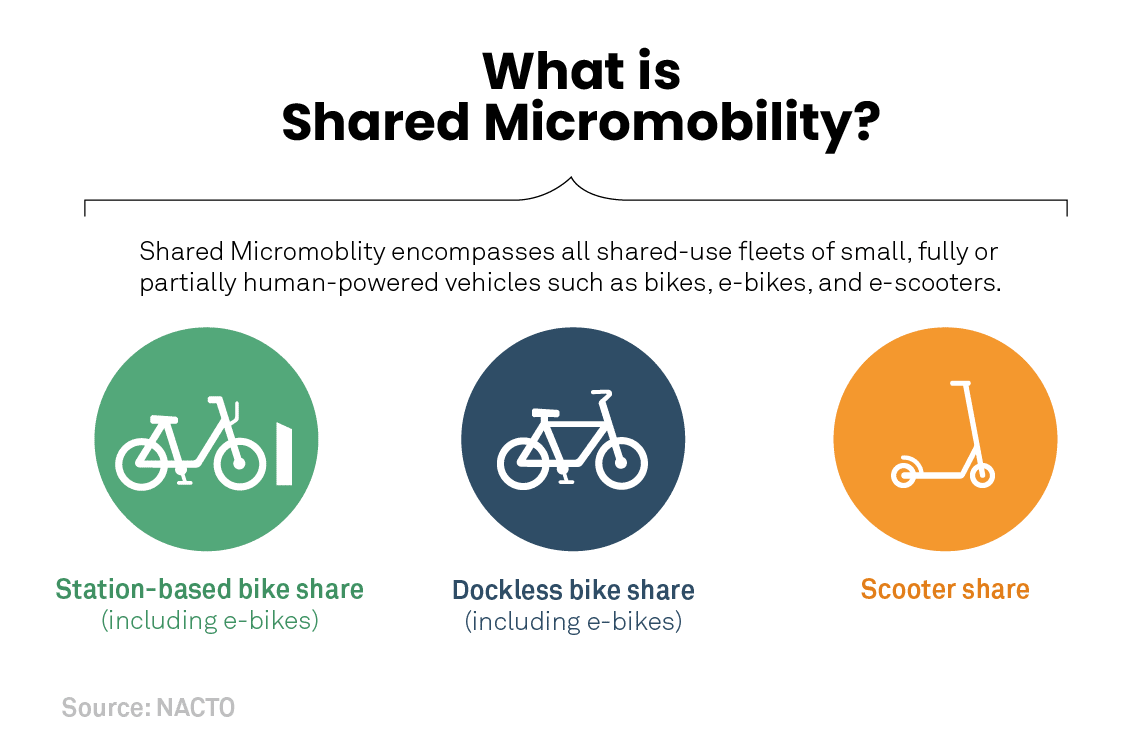Discover The Lawful Standards In Your Location To Advertise Secure And Liable E-Bike Riding
Discover The Lawful Standards In Your Location To Advertise Secure And Liable E-Bike Riding
Blog Article
Content Produce By-Perkins Thompson
Before you hop on your e-bike and struck the streets, it's essential to understand the laws and policies that control your city. From speed limits to designated riding areas, there's a whole lot to take into consideration to guarantee you're compliant and safe. By familiarizing on your own with the guidelines specific to e-bikes, you'll be better outfitted to enjoy your experiences with no unexpected lawful concerns. Keep tuned to discover crucial insights that will certainly assist you browse the e-bike landscape in your city seamlessly.
Recognizing E-Bike Classification
When it involves browsing the world of e-bike legislations and regulations, a vital beginning point is recognizing the classification system that categorizes these electrical bikes. E-bikes are commonly classified right into three main classifications: Class 1, Class 2, and Class 3.
Class 1 e-bikes are pedal-assist only, suggesting they offer support while the motorcyclist is pedaling and have a maximum speed of 20 miles per hour. These bikes are admitted locations where traditional bicycles are allowed.
Course 2 e-bikes are furnished with a throttle that can drive the bike without pedaling. https://ebiketips.road.cc/content/reviews/e-cargo-bike/raleigh-stride-2-family-cargo-bike-3769 have a maximum speed of 20 mph and are suitable for bikers who might require aid without pedaling continuously.
Course 3 e-bikes are similar to Class 1 however with a greater maximum speed of 28 mph. These bikes are often limited from specific bike courses or routes as a result of their higher rates.
Understanding these classifications is necessary for complying with local policies and making sure a secure and delightful e-biking experience.
Navigating Rate Limitations and Limitations
To successfully navigate e-bike laws and policies, it's crucial to comprehend the speed restrictions and restrictions that relate to various courses of electric bicycles.
Rate limits for e-bikes vary depending upon the category of the bike. Class 1 e-bikes, which are pedal-assist just and have a maximum speed of 20 mph, are commonly allowed on bike lanes and courses.
Class 2 e-bikes, which have a throttle along with pedal-assist and also reach speeds of as much as 20 mph, might be restricted in certain locations where motorized vehicles aren't allowed.
https://fattireebikeforsale99876.idblogz.com/32753691/are-you-curious-about-discovering-what-the-future-may-bring-for-e-bikes -bikes, with pedal-assist up to 28 miles per hour, are generally required to follow the same policies as conventional bikes.
It is essential to adhere to these rate restrictions and constraints to ensure your safety and security and the security of others on the road. Before riding your e-bike, acquaint yourself with the certain regulations in your city to avoid any potential penalties or legal issues.
Where to Ride Your E-Bike
To figure out where you can ride your e-bike, it's important to be aware of the regulations and standards specific to your area. In a lot of areas, e-bikes are commonly enabled on roadways and streets where standard bicycles are permitted. This may include bike lanes, bike courses, and shared streets. However, it's important to check local regulations as some cities might have certain limitations on where e-bikes can be ridden.
When riding your e-bike, always prioritize safety by adhering to traffic guidelines and valuing pedestrian pathways. Furthermore, be mindful of any kind of assigned bike lanes or paths in your area and use them whenever feasible to make sure a smoother and more secure adventure.
Some cities additionally have guidelines concerning e-bike use on pathways, so make certain to familiarize on your own with these regulations to avoid any fines or charges.
Conclusion
Now that you know with the laws and policies bordering e-bikes in your city, you can with confidence hit the road understanding where you can ride and what constraints relate to your e-bike classification. Keep in mind to always prioritize safety and follow the regulations to make certain a smooth and legal ride. Delighted riding!
